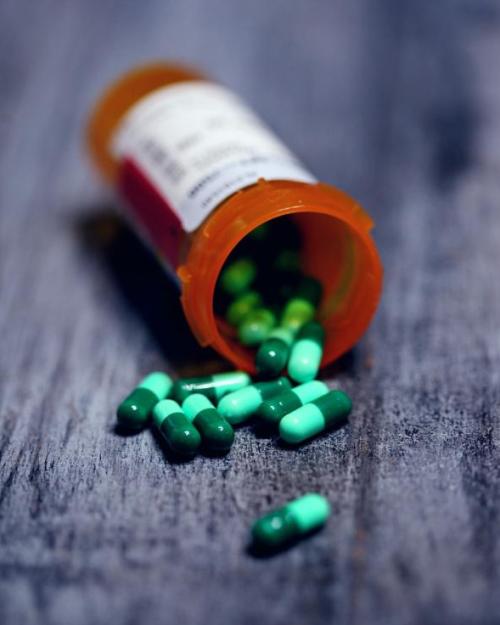A Cornell-led collaboration aims to energize the development of more sustainable pharmaceutical products by employing electrochemistry to stitch together simple carbon molecules and form complex compounds, eliminating the need for precious metals or other catalysts to promote the chemical reaction.
The collaboration brought together researchers from the Lin Research Group, the California Institute of Technology and Merck & Co., Inc.
The team’s paper, “Electrochemically Driven Cross-Electrophile Coupling of Alkyl Halides,” published Feb. 21 in Nature. The lead author is postdoctoral researcher Wen Zhang.
“We know pharmaceuticals all have carbon-carbon bonds,” said Song Lin, the Howard Milstein Faculty Fellow and associate professor of chemistry and chemical biology in the College of Arts and Sciences, who led the Cornell team. “So the idea of having a new and efficient tool to stitch commodity feedstock chemicals to form large pharmaceuticals in an expedient fashion, and without safety or environmental issues, is a desirable goal for industry.”
For several years, Lin’s group has been exploring the advantages of synthetic electrochemistry, in which electrodes pass an electrical current through a chemical reaction, providing enough clean energy to activate molecules that are usually inert. The molecules then form chemical bonds that otherwise would not be easily achievable, if at all.
One promising feature of electrochemistry is the ability to selectively oxidize one molecule while reducing another. The pharmaceutical industry has relied on this method to transform some of the most challenging and tenacious compounds into viable drugs. But some molecules are harder to handle than others.
Lin’s group decided to try this approach on alkyl halides, which are common commodity chemicals that traditionally have been activated by either precious transition metals or harsh alkali metals – such as magnesium or sodium metal – that often generate unwanted byproducts because they are so highly reactive.
To make their cleaner, metal-free compound, the researchers needed to use a technique called cross-coupling that would allow them to take a pair of small carbon molecules from their starting material, i.e., the alkyl halides, and stitch them together to form a larger molecule, of the size typically used in pharmaceuticals.
The only hitch: While certain carbon molecules are flat and therefore relatively simple to stitch together, the carbon molecules from alkyl halides come in a variety of shapes.
“Essentially, there hasn’t been a great way of doing that reaction when you have two not-flat molecules,” Lin said. “That is important because researchers have determined that molecules with three-dimensional shapes are more likely to succeed in clinical trials.”
However, one of the virtues of electrosynthesis is the researchers can adjust the voltage to precisely target the oxidation or reduction of a specific molecule. The potential range of this type of “redox” is essentially infinite.
Another challenge the team faced was that electrodes can degrade over time, shortening the duration that the researchers can run a reaction and ultimately limiting the amount of material they can produce.
So they turned to their collaborators at the California Institute of Technology, led by the paper’s co-senior author, Kimberly See, who has extensive experience in magnesium ion batteries. The Caltech team explained the problem and recommended the use of an additive that staves off electrode degradation. This enabled the Cornell team to scale up their reaction – a crucial step for pharmaceutical production.
Lin’s group is now looking into using electrosynthesis to activate different types of organic molecules to form carbon compounds.
“This allows us to think about using a different starter material and how we can mix and match, like Lego pieces, and form molecules with different shapes,” Lin said.
Co-authors include doctoral students Lingxiang Lu and Jonas Rein; postdoctoral researcher Yi Wang; Jose Mondragon ’21; and researchers from Caltech and Merck.
The research was supported by the National Institute of General Medical Sciences, the National Science Foundation’s Center for Synthetic Organic Electrochemistry and Merck.




